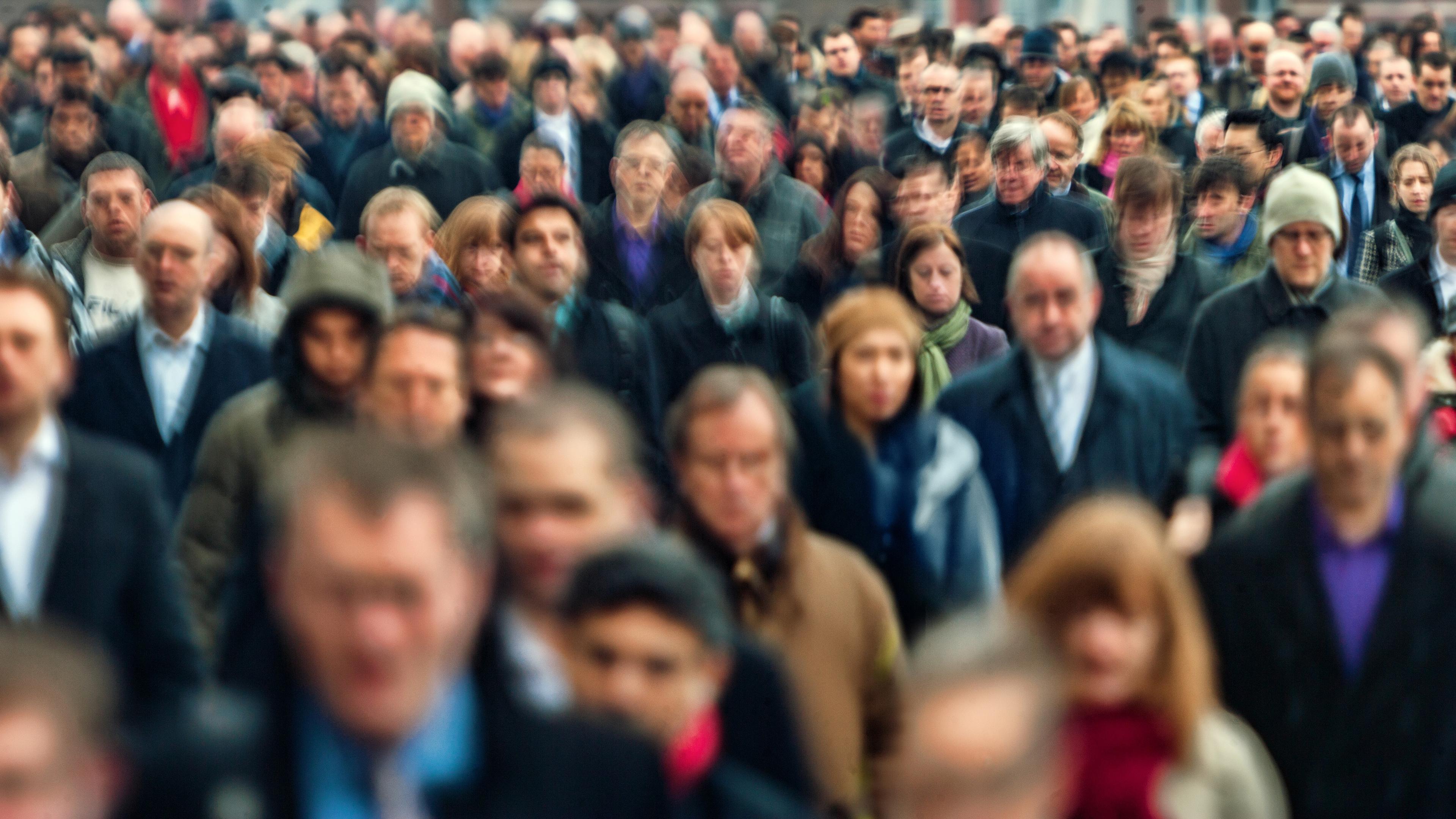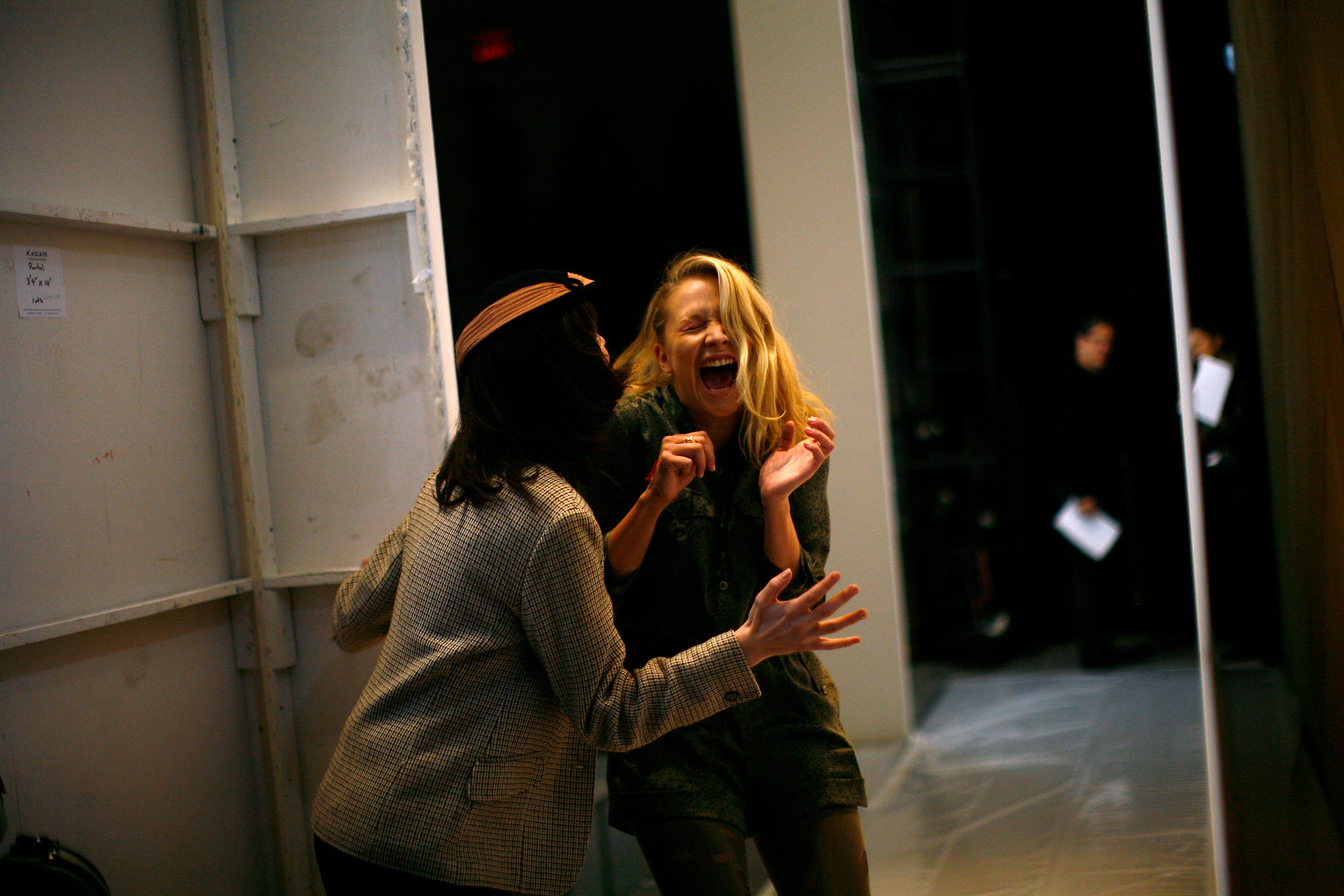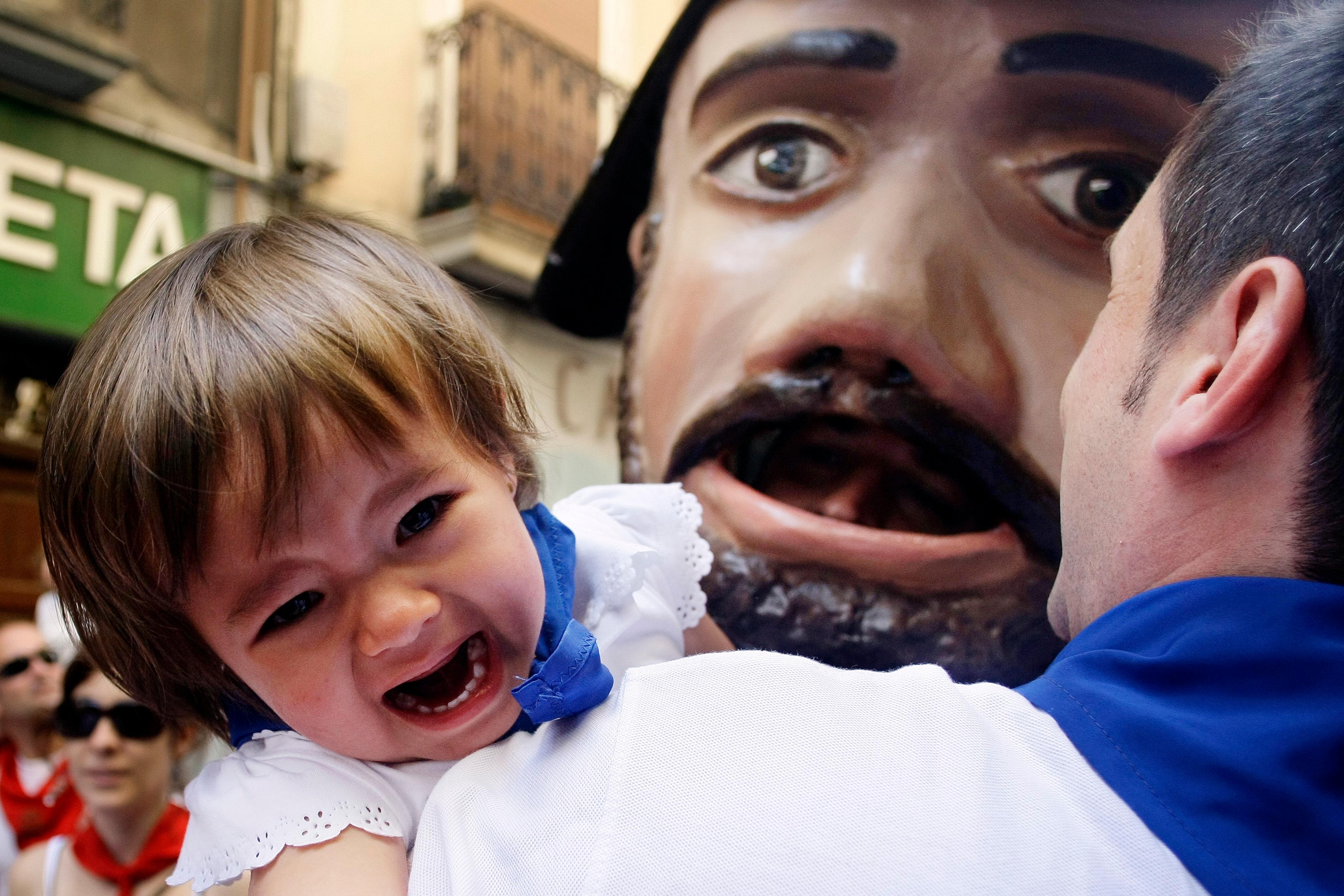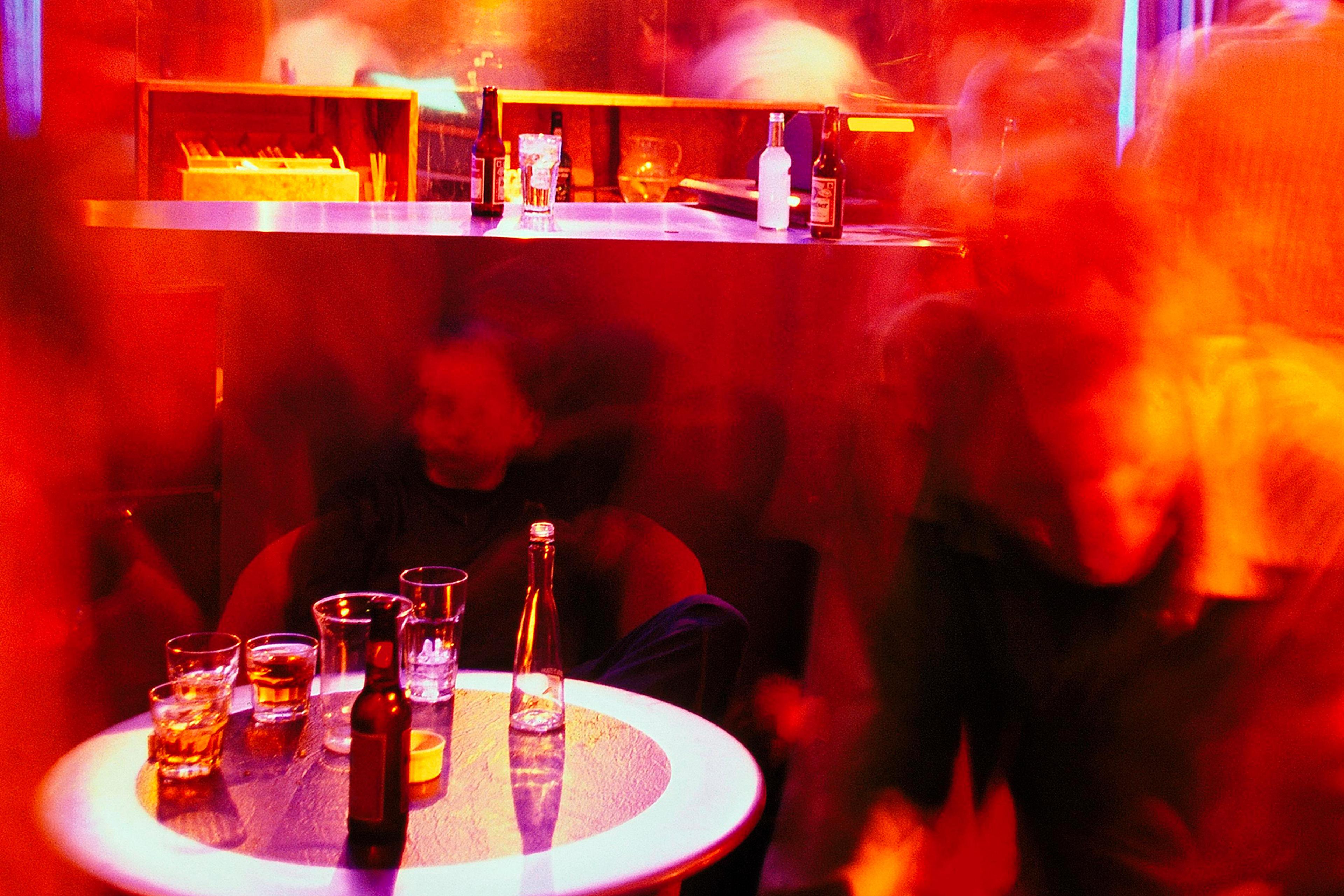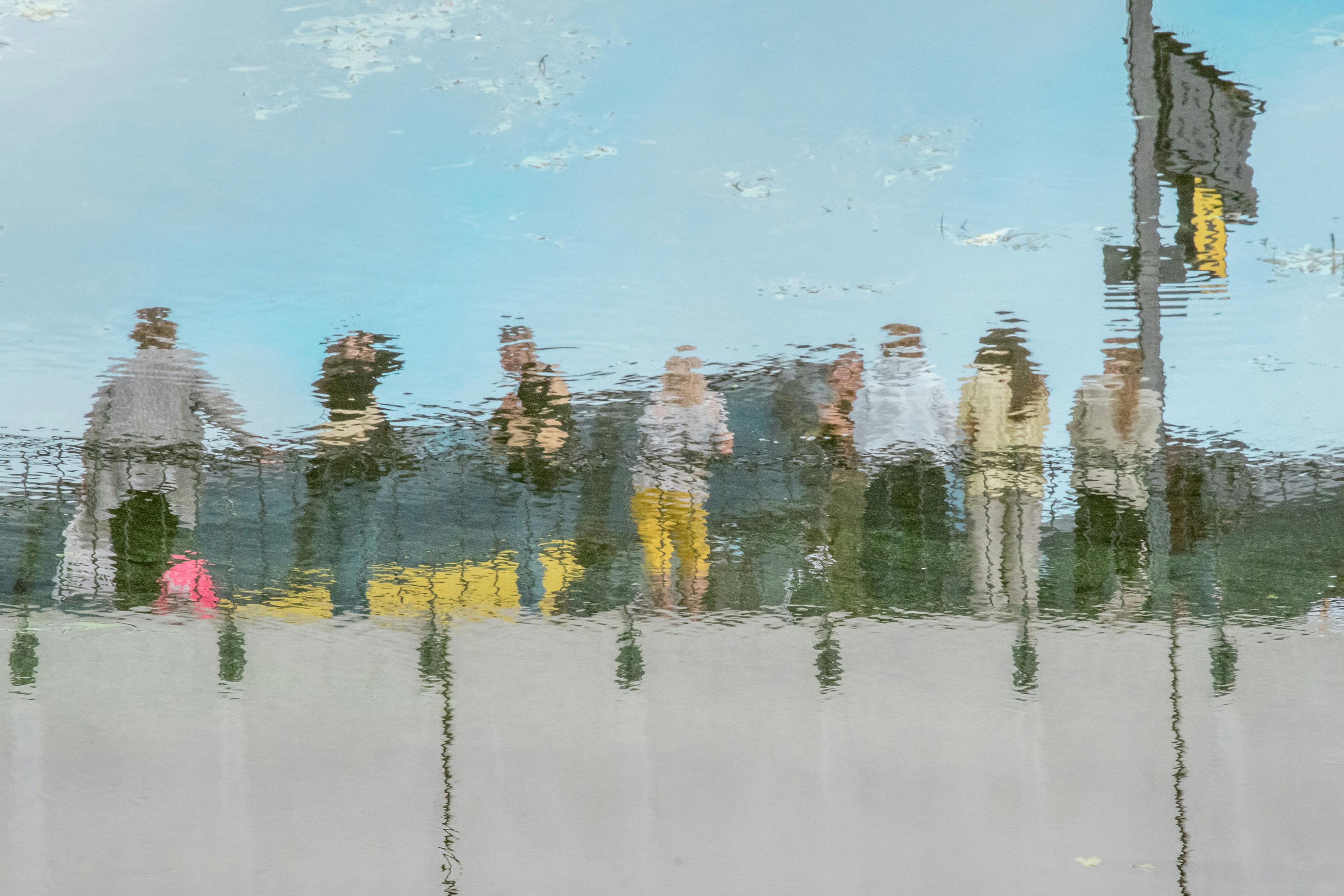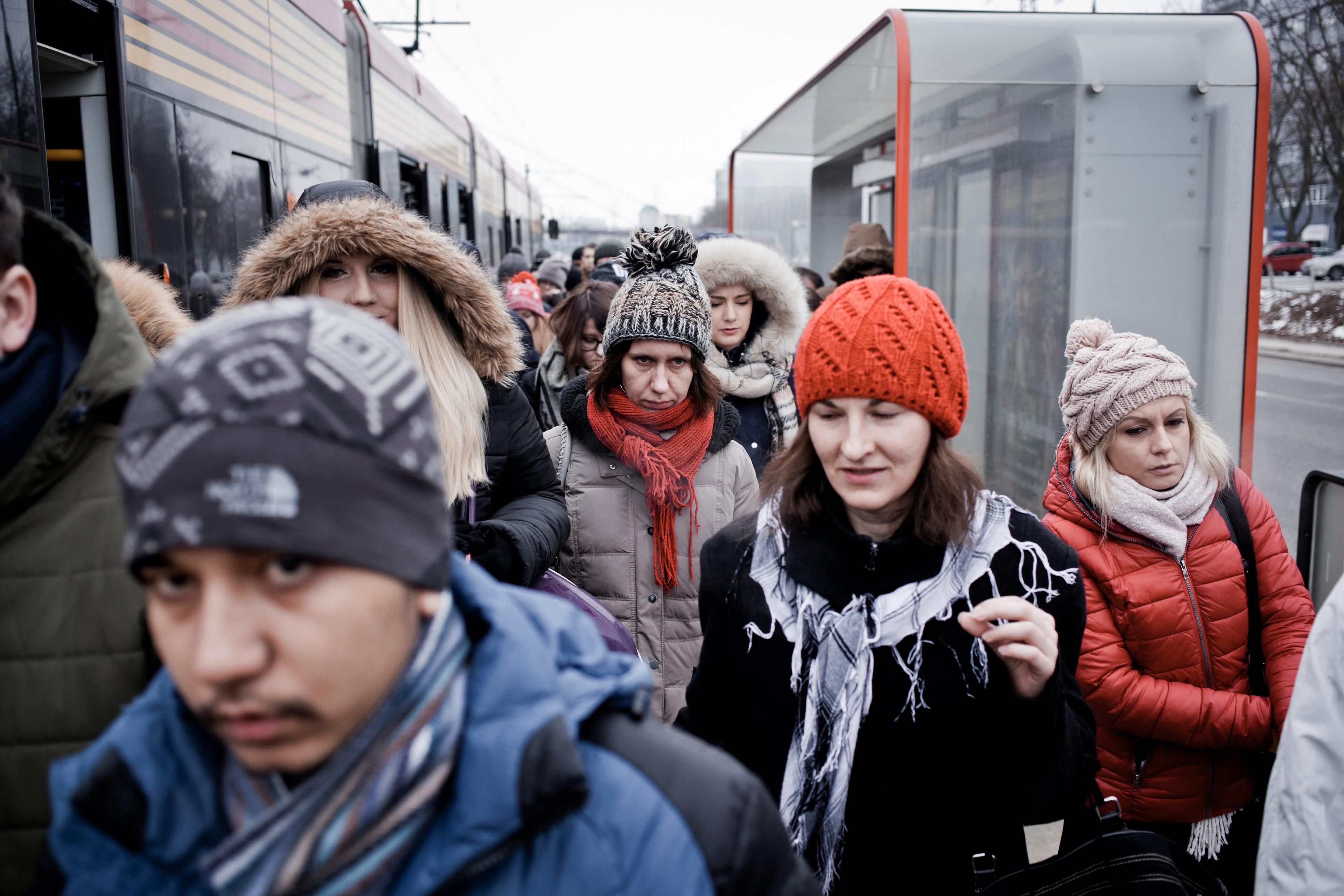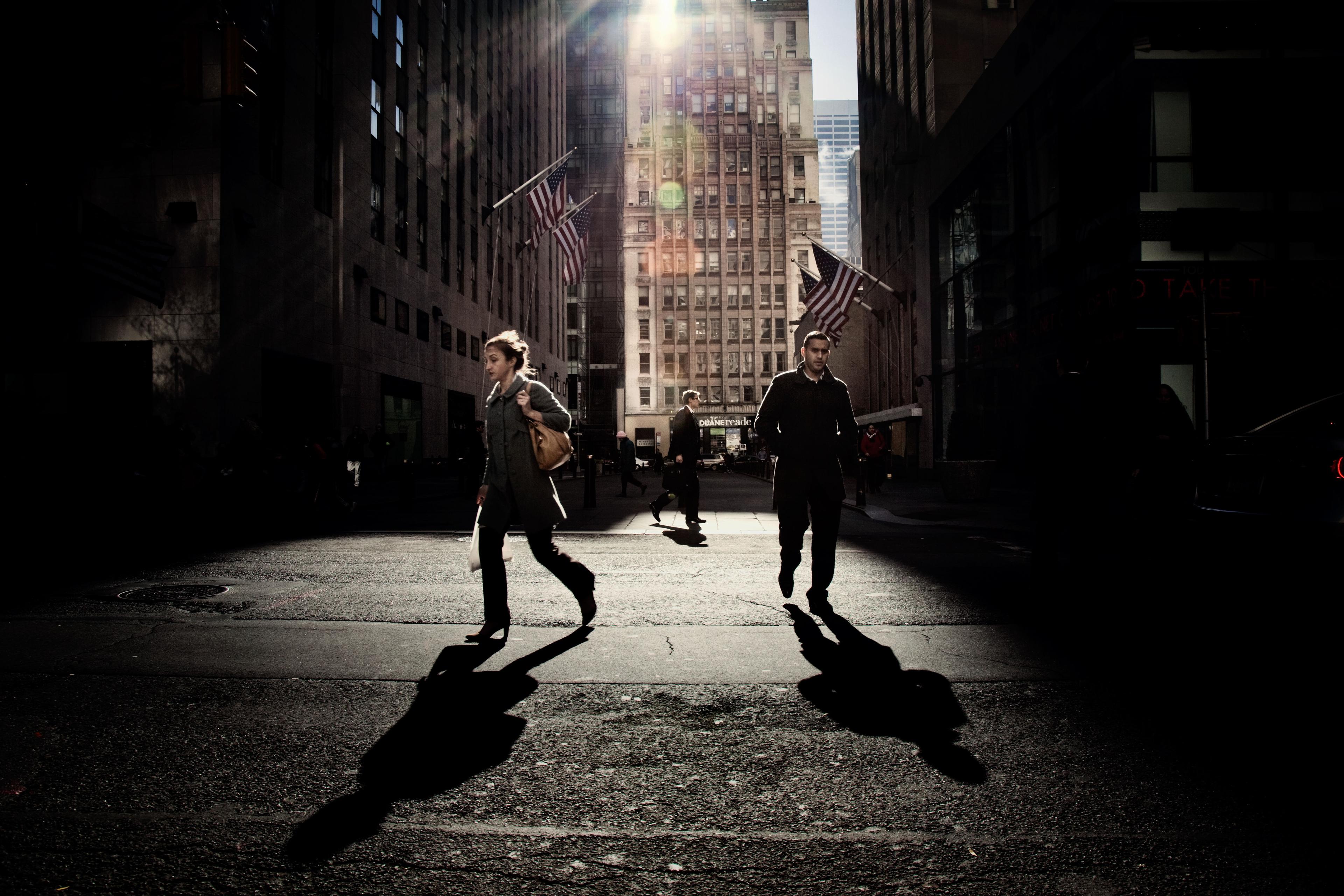Earlier this year, Arjun Singh, a 26-year-old from California, went to the gym and saw a face that he recognised. It wasn’t a friend, or someone he knew very well. It was the winner of his elementary school’s yearbook drawing contest from when he was in the fourth grade. This person was in another class, and Singh had never spoken to him. Still, he remembered his face and went over to say hello.
‘He was shocked and amused that I remembered his drawing and his face from so long ago, but we quickly moved on to him telling me that he still draws, and having a brief chat,’ Singh says. This happens to Singh all the time; just the other day at the grocery store, he recognised the face of a classmate’s brother from the first grade.
These kinds of experiences from an early age led Singh to suspect that there was something different about how he saw faces, and he began taking so-called ‘super-recogniser’ tests online, scoring in the 99th percentile (scientists usually classify super-recognisers as those who score above the 98th percentile; there are multiple free tests online if you’re curious to have a go). Today, Singh is part of a registry of super-recognisers at the University of New South Wales (UNSW) Sydney.
Researchers first coined the term ‘super-recognisers’ in 2009. Richard Russell and his colleagues had been in the midst of research on people with face blindness, or prosopagnosia – meaning they struggle to recognise any faces, even those of their closest family or friends – when they were contacted by people who said they experienced the opposite: they never forgot any faces, even those seen fleetingly. In their seminal work, Russell’s team tested four super-recognisers, finding them to be ‘about as good at face recognition and perception as developmental prosopagnosics are bad.’
For most of us, it takes many exposures to a face to build up a sense of familiarity and rapid recognition. You might be very good at recognising your friends, family members as well as celebrities in an instant, but the vast majority of faces seem new, including many that you may have encountered before. Even when there’s a twinge of familiarity, it’s quite usual to struggle to place a face. So what’s it like for people for whom the unfamiliar becomes familiar and memorable in an instant? To find out, I reached out to dozens of super-recognisers from the UNSW registry.
Many told me that they first noticed they were super-recognisers from watching television and movies, and later remembering actors with unusual precision. There were also clues from their personal lives. When Scott Devaney, a 51-year-old from California, was in high school, his first serious girlfriend was an identical twin. To him, her face was distinct from her sister’s. ‘In hindsight, it was probably very gratifying to my girlfriend to be with someone who could easily perceive her facial distinctions,’ he says.
Eleni Colleony, a 37-year-old in New York, used to work for a touring company in Greece and France, and would see thousands of people each busy season. She could pick out people who were related to each other or recognise people she had seen many years prior.
Once when Suha Zaimoglu, 31, posted an ad online looking for a roommate, he met a potential renter and immediately recognised them from a TV commercial he had seen. The person was surprised – the commercial had aired seven years before, and they had been in it for only a couple of seconds.
Diane Merchant, 55, used to look at her older brother’s high-school yearbook when she was 11 and memorise the students’ faces without ever having met any of them. All it takes is seeing a face once, she says.
Lauren Winslow, a 42-year-old in North Carolina, can still remember the details of the faces of every person in her preschool class. ‘I realised when I would see one of them years later,’ she says. ‘I would remember them but they would not remember me.’
Like Winslow, many super-recognisers have the ability to remember faces over long stretches of time, and they can identify them again even after people have aged. Some of the first research on super-recognisers used the ‘before they were famous’ test that shows people images of celebrities as children. Super-recognisers are also better at matching non-famous adults to images of them as a baby. Partial faces are enough too: they are better at recognising people, even if they’re wearing a mask.
You can’t train yourself to become a super-recogniser
Super-recognisers aren’t relying on all-round exceptional memories to hold on to faces so tightly. Studies have found that super-recogniser abilities don’t translate to superior memory for other objects, or to IQ. And people with super memory skills don’t process faces like super-recognisers do. Many super-recognisers described to me that they can actually have poor memory for names or locations. ‘I could never be a waitress!’ Winslow says.
There’s some evidence that having exposure to more people at a young age could help with facial recognition but, generally speaking, you can’t train yourself to become a super-recogniser. There’s likely a genetic component to these abilities, says Josh Davis, a psychologist at the University of Greenwich in the UK and a super-recogniser researcher. In twin studies, identical twins who share all their genes have more similar scores on the Cambridge Face Memory Test than non-identical twins who share half their genes.
There’s mixed evidence for exactly how super-recognisers process faces. There was once a belief that they processed the face more holistically than is typical, in a sense capturing the whole visage at once. But a paper from 2022 found that wasn’t the case. The super-recognisers who took part scanned faces more quickly and with greater accuracy than control participants, but they focused their attention on certain parts at a time, similar to the controls.
While science is catching up with exactly how super-recognisers do what they do, there’s plenty of lab research that goes beyond anecdotal evidence to show that they really do have exceptional skills.
For instance, in 2015, researchers in the UK tested super-recognisers with the kind of tasks that they might confront in the real world. First, people saw a face and had to pick out its match from 10 other faces; they did better than non-recognisers by about 20 per cent. Then, the super-recognisers attempted to recognise those same faces again in worse lighting conditions. They did 8 per cent better than the controls. This is what someone would need to do to recognise faces from CCTV footage, and match them to other images or people later.
Meanwhile, police and forensic organisations around the world have started creating super-recogniser units, where their skills might be put to use. The Metropolitan Police in London has a super-recogniser unit that helped to identify people from the riots of August 2011. One officer named Andy Pope identified 1,000 criminal suspects between 2012 and 2017, as The Guardian reported, often by matching CCTV footage to mugshots in the police database. Two other super-recognisers from the Met’s unit helped identify the suspects in the 2018 Salisbury Novichok poisonings from CCTV footage.
The name itself, ‘super-recogniser’, makes it sound like a person has infallible abilities
David White, a psychologist at UNSW, and his colleagues have collaborated with the Australian passport office and the New South Wales Police, and he says that combining facial recognition technology and super-recognisers could be more accurate than using one or the other alone. ‘You’re better off having someone with a high-level ability on this, checking passports or looking at CCTV evidence to aid police investigations,’ White says.
Still, White warns that caution is needed. Just like typical people, super-recognisers seem to show an ‘other-ethnicity effect’ which means they’re not as good at recognising the faces of people of other races than their own. Moreover, in studies that compared highly trained forensic examiners with super-recognisers, it was the super-recognisers who had higher confidence in their decisions, even in the rare cases when they were wrong. In contrast, when the forensic examiners made errors, their confidence was lower – they were more aware they might be missing the mark.
‘Super-recognisers might be wrong,’ White says. ‘It’s just that they have a higher probability of getting it right than someone else with normal levels of ability.’ White points out that this contrasts with how, in legal settings, if members of a jury hear testimony from a ‘super-recogniser’, they could be overly biased to believe whatever that person says. The name itself, ‘super-recogniser’, makes it sound like a person has infallible abilities.
There are other limits to super-recogniser abilities. In lab testing, when shown a face, super-recognisers are skilled at identifying whether they’ve seen it before. But when asked about the context or scene in which they saw the face, they are sometimes no better than a non-super-recogniser. Super-recognisers need to be evaluated in a more systematic way, especially in police forces, White says.
Being a super-recogniser might sound fun, like having a kind of superpower, but it can also be a mixed blessing. Many of the super-recognisers I spoke to mentioned how their skills could make other people socially uncomfortable, like saying hello to someone in the elevator that you recognise but they don’t recognise you back. Once, Gülsün Ocak, a 44-year-old in London, talked to a man at a trade show whom he thought he knew, only to realise he had never met him, but had seen him on a mutual friend’s Facebook page.
‘It’s a really awkward situation socially when I recognise someone but they don’t know/remember me,’ Colleony says. She might have seen someone at a gas station once, and then a month or two later see them again. ‘My brain says: “Hey, you know that person!” I absolutely do not know that person, I just never forget a face.’
Singh feels he has less social apprehension because of his abilities
Steffi, a 23-year-old in Vienna, can recognise hundreds of people who were in her large lecture classes at university, or people she saw on public transit. ‘This led to strange encounters because all these faces looked so familiar to me, and then when I spoke to people in class, they didn’t know me, but I knew exactly where they were sitting in the auditorium,’ she says.
Yet Singh actually feels he has less social apprehension because of his abilities. If he saw someone once, several months or years before, that person will still cross ‘some invisible threshold from “complete stranger” to “possible acquaintance”,’ he says. ‘I think that in the landscape of strangers at a coffee shop, local gym, book store, I’m seeing familiar faces more often than the average person, and that might be endowing me with comfort or confidence that others may not feel as readily.’
